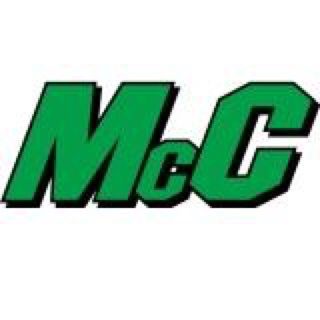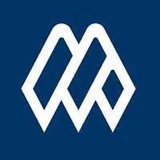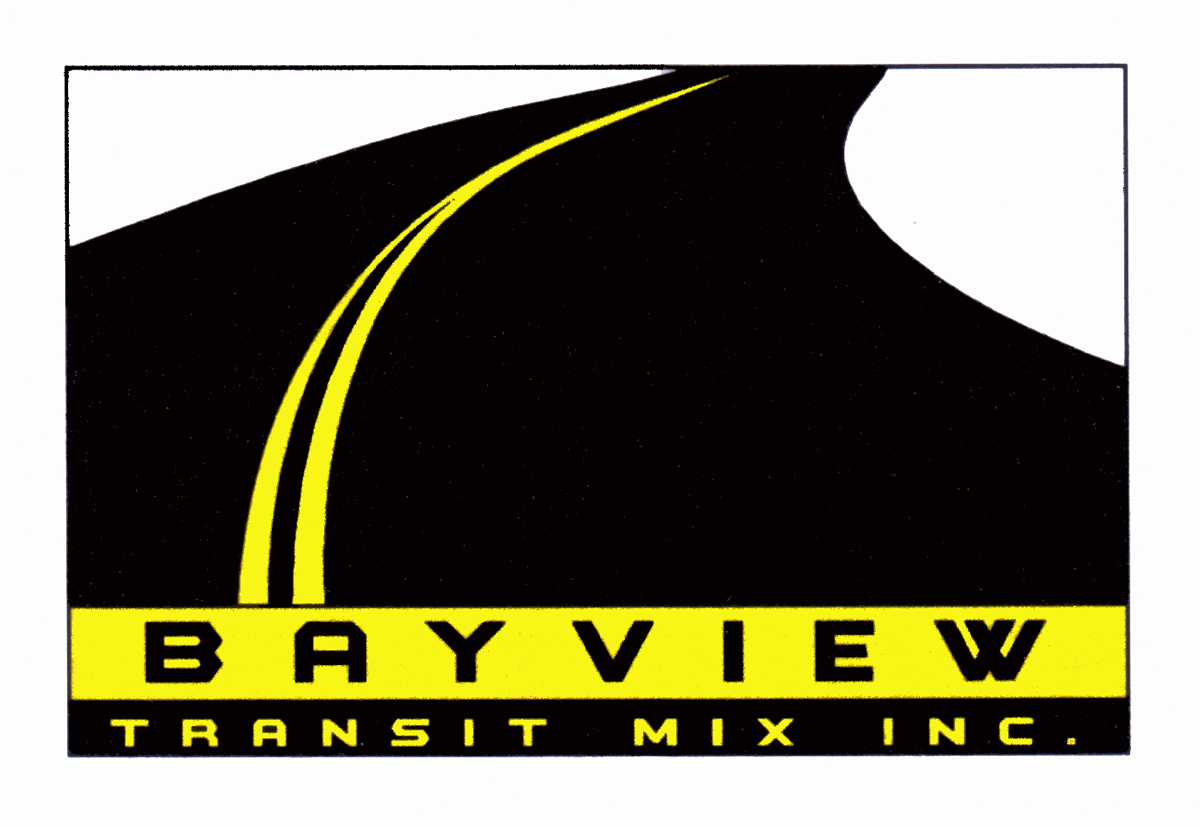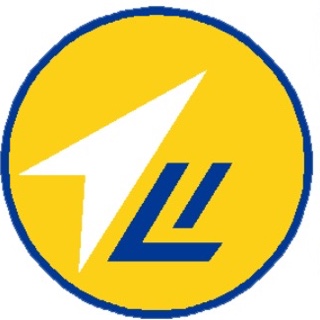Title Page
-
Project #
-
Project Location / Address:
-
Client / Site Name:
-
Conducted on
-
Prepared by
-
Add signature
-
Site Personnel Involved:
-
ClLIENT SPECIFIC SAFETY RULES (If Applicable)
Cargill - ADM - Unimin - Etc.
-
ENTER NAME OF CLIENT (Host Company - CM) HERE:
-
A. Have site specific safety rules been obtained and reviewed?
-
B. Have all personnel completed site safety orientation class?
-
C. Are required site specific work permits completed and filed?
-
D. Are there any safety procedures that are unique to this project location?
-
1. Is Fall Protection Required at Less Than 6 Feet?
-
2. Is Additional Fall Protection (other than guardrails) Required on Ladders and Scaffolds and Lifts?
-
3. Does Hot Work Require a Longer Fire Watch? Select How Long Below.
-
4. Is this an MSHA Regulated Project Location?
-
5. If This Is an MSHA site - Have All Employees Been Trained under Part 46?
-
6. Other
-
McC Inc. ACCIDENT PREVENTION PROGRAM COMPONENTS
Programs / Policies
-
A. Have JSTA forms been completed for todays tasks?
-
B. Are Daily Crew Meetings Held to Discuss Daily Tasks and Hazards?
-
C. Is There a Supervisor / Team Leader Assigned to Each Work Area?
-
D. Are "Near Misses" Being Reported and Documented?
-
E. Are Hazards in the Work Area That Develop During Work Cycles Recognized and Reported?
-
F. Are Un-safe Acts by Employees Properly Addressed, Disciplined, and Documented?
-
G. Following a "Safety Incident" Are Stand Down Safety Meetings Held With All Employees?
WORK AREAS / SITE CONDITIONS
-
A. Is General Housekeeping Maintained in a Professional State?
-
B. Are Walking - Working Surfaces Easy to Identify, Open, and Accessible?
-
C. Are Unprotected Sides or Holes Barricaded and/or Covered with Proper Safeguards?
-
D. Are Impalement Hazards Covered or Capped?
-
E. Are Sanitary Facilities / Hand Wash Stations Available and Cleaned Regularly?
-
F. Is Drinking Water Properly Marked and Dated? Are Trash Cans Emptied / Covered?
-
G. Are the Material Storage Areas Properly Racked / Stacked? Is the Lay Down Area Smooth - Good Surface - Rut Free?
-
H. Are ConBoxes, Gang Boxes, Tent and Fabrication Areas Neat and Organized?
JOB SITE POSTERS AND NOTIFICATIONS
-
A. Are All OSHA (MSHA) Required Posters and Federal Laws Made Available to All Employees?
-
B. Are Site Specific Emergency Evacuations Procedures and Rescue Plans in Place?
-
C. Have Emergency Contact Lists and Phone Numbers Been Posted?
-
D. Is the Job Site Safety Training Poster Board in Place and Used?
HEALTH / FIRST AID / MEDICAL
-
A. Are There Enough 1st Aid / CPR Trained Employees on this Site?
-
B. Are 1st Aid Kits (No Expired Items) Being Inspected and Maintained?
-
C. Are There Eye Wash Stations Available? Are the Fluids Up-To-Date?
-
D. Is Access to the Eye Wash Station Unblocked?
-
E. Are Back-boards - Stretchers - or Other Rescue Gear (Ropes / Winches) Available?
PERSONAL PROTECTIVE EQUIPMENT
-
A. Hard Hats
-
B. Safety Glasses with Side Shields
-
C. Face Shield / Goggles / Spoggles / Welding Helmet (If Required)
-
D. Respiratory Protection (If Required)
-
E. Hearing Protection (If Required)
-
F. Clothing (FRC -- Welding - Chemical - If Required)
-
G. Gloves (Proper Type for the Task Being Performed)
-
H. Foot Protection / Proper Boots
FALL PROTECTION / SYSTEMS
-
A. Are All Personnel Properly Trained? (Has the Competent Person Been Named?)
-
B. Are Body Harnesses Adjusted and Worn Properly?
-
C. Are Suitable Anchor Points Being Used? (5000 Lbs or 2X Intended Load)
-
D. Are All Components Inspected by the User Before Use? Are All Components Properly Installed / Arranged?
-
E. Is Equipment Stored Properly? Are the SRLs (Yo -- Yos) Returned to the Tool Trailer After Use?
-
F. Are Emergency Rescue Plans Developed? Have they Been Discussed With the Crew Members?
TOOLS and EQUIPMENT
-
A. Are All Tools in Good Condition? Are Tools Used in a Proper Manner?
-
B. Are Power Tools Inspected Before Use? Are They "Red Tagged" If Defective?
-
C. Are All 110V Electric Tools, Equipment, and Devices Plugged into a GFCI Protected Outlet?
-
D. Are Power Cords / Cables Strain Relief Attachments in Good Condition?
-
E. Are Whip Checks and Pins Used on Air Hoses and Compressors?
-
F. Are Crews Working at Elevated Areas Using Tool Tethers and Practicing Good Falling Object Protection Methods?
EXCAVATIONS
-
A. Has a Permit Been Issued?
-
B. Has the Competent Person Been Identified? Are Personnel Trained on Safety Measures?
-
C. Is there Proper Access / Egress within 25 Feet of the Workers in the Excavation?
-
D. Has the Soil Been Classified? (Type A, B , C, Other)
-
E. Is Water Accumulating? Are Pumps and De-Watering Methods in Use?
-
E. Are Shoring / Shielding / Sloping / Benching Techniques Being Used
-
F. Are Spoil Piles and Other Materials Kept Back a Minimum of 2 Feet From the Edge?
-
G. If Hazardous Atmospheric Conditions are Possible, are Air Monitoring Procedures Being Performed?
-
H. Is there an Emergency Rescue Plan in Place? Has it Been Discussed With the Crew?
CONFINED SPACE ENTRY
-
A. Is This Space "PERMIT REQUIRED"? Has an Evaluation Been Performed and a Permit Issued?
-
B. Are Personnel CSE Trained? Is the "Entry Supervisor" Identified?
-
C. Has the Entry Attendant Received Training?
-
D. Have all Entrants Received Training? Has a Pre-entry Team Meeting Been Conducted?
-
E. Are Proper Communications Established?
-
F. Is the Attendant Sign-in Sheet Properly Maintained?
-
G. Are All Permit Requirements Implemented? Is The Permit Posted and Available for Review?
-
H. Are the Ventilation Procedures and Equipment of the Proper Type and Design?
-
I. Are Air Monitoring Procedures and Equipment in Place? Are Readings Being Recorded?
-
J. Are Emergency Rescue Plans Developed, Implemented, and Reviewed with the Crew Members?
ELECTRICAL / POWER SUPPLY
-
A. Are GFCIs Used 100% of the Time to Protect From Shock & Electrocution?
-
B. Are Extension Cords Free From Damage? Are Ground Prongs In Place?
-
C. Are All Power Tools in Good Repair? Are Guards in Place as Designed?
-
D. Are Lock-out / Tag-out Procedures in Use? Is Proper LOTO Equipment Available?
-
E. Are Power Cords and Welding Leads Properly Routed (No Sharp Edges / Traffic Areas)?
-
F. Are Cords ad Cables Off of the Ground on Supports? Are They Tied / Secured with Non-Conductive Material?
FIRE SAFETY / FIRE PREVENTION
-
A. Are Hot Work Permits Required? Are Permits Posted and Provisions Followed?
-
B. Has a Fire Watch Been Assigned? Has a Competent Person Been Named?
-
C. Have Fire Extinguishers Been Inspected? Are Tags, Pins, and Seals in Place?
-
D. Are Adequate Extinguishers Deployed for the Tasks Being Performed?
-
E. Are Flammables / Combustibles Removed, Isolated, or Covered Before Work Begins?
-
F. Are Hot Work Area Barricades in Place (if required) and Properly Marked?
-
G. Are Gas Cans and Compressed Gas Bottles Properly Stored and Transported?
-
H. Are Fuel Storage and Dispensing Areas Safely Arranged and Protected?
RIGGING and HOISTING
-
A. Are Capacity Tags in Place and Readable? Are there any Inspection Records Available?
-
B. Are Hooks and Latches in Place and Working?
-
C. Are Chain Falls / Come-A-Longs in Good Condition? Are There Inspection Records Available?
-
D. Are Tag Lines Used to Manage Overhead Loads and Hoist Operations?
-
E. Is Rigging Equipment Inspected Before Each Use? Is there any Damaged Rigging "Available for Use" in the Field?
-
F. Is There a Qualified (Trained / Authorized) Rigger On Site?
-
G. Are Proper Choker Hitches, Hardware, Sling Hitches Used / Arranged / Connected in a Proper Manner?
SCAFFOLDS / SCISSOR LIFTS
-
A. Are All Personnel Trained / Authorized to Operate? Hs a Competent Person Been Identified?
-
B. Are All Hand Rails, Mid Rails, and Toe Boards in Place? Are Access Points Guarded Properly?
-
C. Are All Platforms Completely Decked / Secured?
-
D. Are Footings Level / Set-up Plumb / Screw Jacks / Mud Sills / Cross Supports / etc. in Place for All Sections?
-
E. Is Proper Access / Egress in Place?
-
F. Are All Sections and Components 10 Feet Away From Power Lines?
-
G. Are Overhead Work Area Barricades in Place?
-
H. Is the Inspection Tag Prominently in Place? Is the Scaffold Tagged Correctly? (Red - Yellow - Green)
CRANES and EQUIPMENT
-
A. Are All Crane Inspections Performed? (Daily - Monthly - Annual) Is the Annual Inspection Documented?
-
B. Is the Operator Manual Located in the Crane Cab?
-
C. Does the Crane Set-up Appear to be Properly Arranged? (Level- Outriggers Deployed)
-
D. Is the Swing Radius Barricaded? Are the "Fall Zones" Identified?
-
E. Are Signal Persons, Area Monitors, and Crew Members Trained in Overhead Lift Safety Measures?
-
F. Is the Operator Qualified and Certified? (Accredited License)?
-
G. Has the Designated Qualified Signal Person Received Training? (McC Authorization)?
-
H. Are "Fall Zone" Procedures in Place and Practiced?
-
I. Are Lift Plans (if required) Being Used? Are "Critical Picks" Defined?
-
J. Are Proper Communications Established? Are All Loads Rigged With a Tag Line?
CONSTRUCTION EQUIPMENT
-
A. Are Mobile Equipment Inspections Performed Daily and Before Each Shift?
-
B. Are All Operators Trained and Authorized, and Hold a Company Certification Signed by a McC Supervisor?
-
C. Are Operator Manuals Located in the Cabs of the Equipment in Use?
-
D. Are Back-up Alarms Working? If Not - Are Flagmen / Spotters Being Used?
-
E. Are Proper Attachments Being Used for all Operations? Are Rigging Bars Used When Lifting Loads?
-
F. Are Operators Wearing the Seat Belt at all times When Operating Equipment?
-
G. Do Operators Appear to Use the Equipment in a Controlled / Smooth / Professional Manner?
-
H. Are Ground Employees Maintaining a Safe Distance From Equipment During Use?
AERIAL LIFT / BOOM LIFT
-
A. Are all Operators Trained and Authorized with a McC Card?
-
B. Is the Lift being Operated on Firm Ground Conditions? Is the Base Level?
-
Are Fall Protection Measures Being Followed? Are "Restraint Lanyards" Used and Connected to the Side "D" Ring of the Harness?
-
Is Operation in a Smooth and Controlled Manner?
-
E. Are Overhead Obstructions / Power Lines Identified and Avoided? Are the "Fall Zones" Identified?
HAZARDOUS COMMUNICATION / RIGHT TO KNOW
-
A. Has Safety Training Been Completed? (Orientations - Right to know - OSHA 10 Hr)
-
B. Are SDS (Safety Data Sheets) on Site and Available for All Chemicals in Use?
-
C. Are Proper Labels Used For All Chemical Containers On Site?
-
D. Are All Chemicals Properly Stored When Not In Use? (Cabinets - Containment Areas - Racks)
-
E. Do we Have the Proper PPE for Handling Chemicals? Are Fueling Areas Properly Protected? (Traffic - Fire - Signs - etc.)
OTHER SAFETY ISSUES / NOTES / COMMENTS
-
A.
-
B.
-
C.
-
D.
COMMENTS / RECOMENDATIONS
-
Enter Any Corrective Actions That Will Be Undertaken.
SIGNATURE PAGE / ROUTING
-
Safety Representative: Terry Keenan - McC Safety Director
-
McC Inc. Safety Officer:
-
McC Inc. Site Superintendent:














